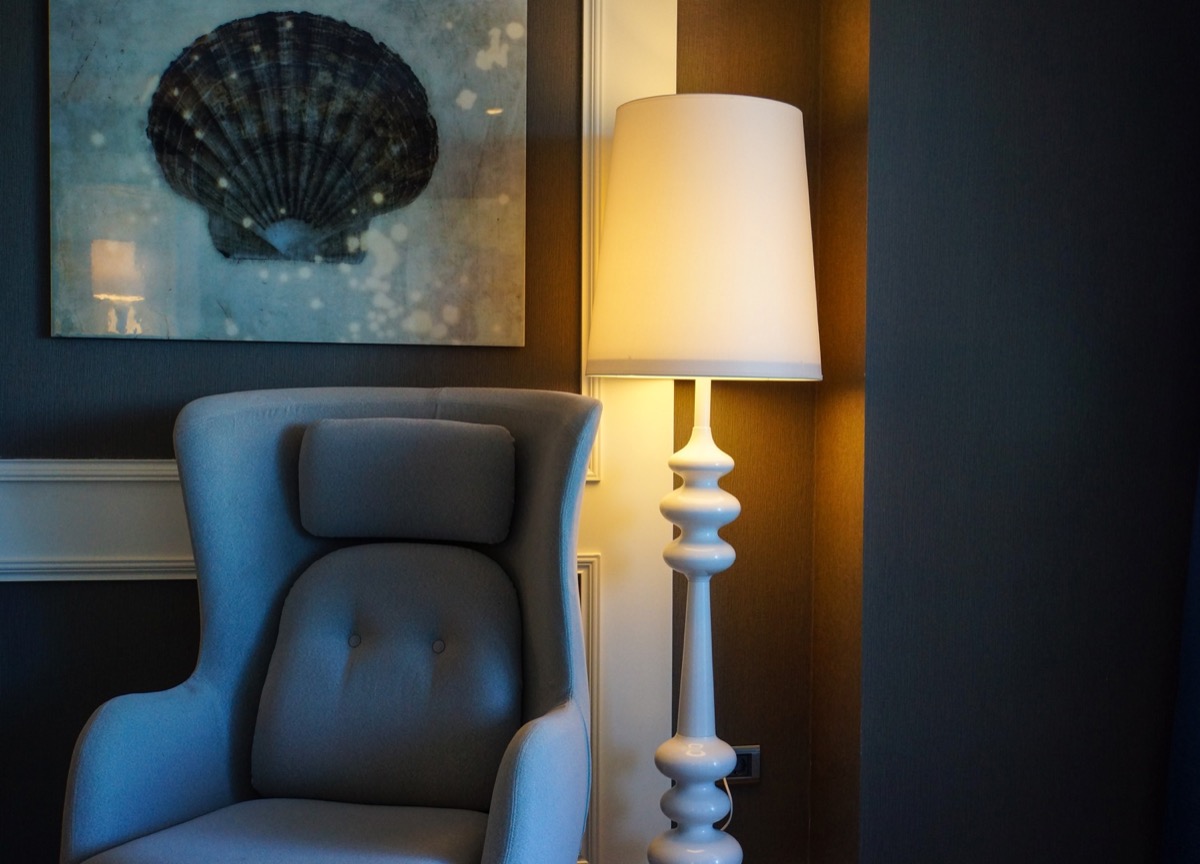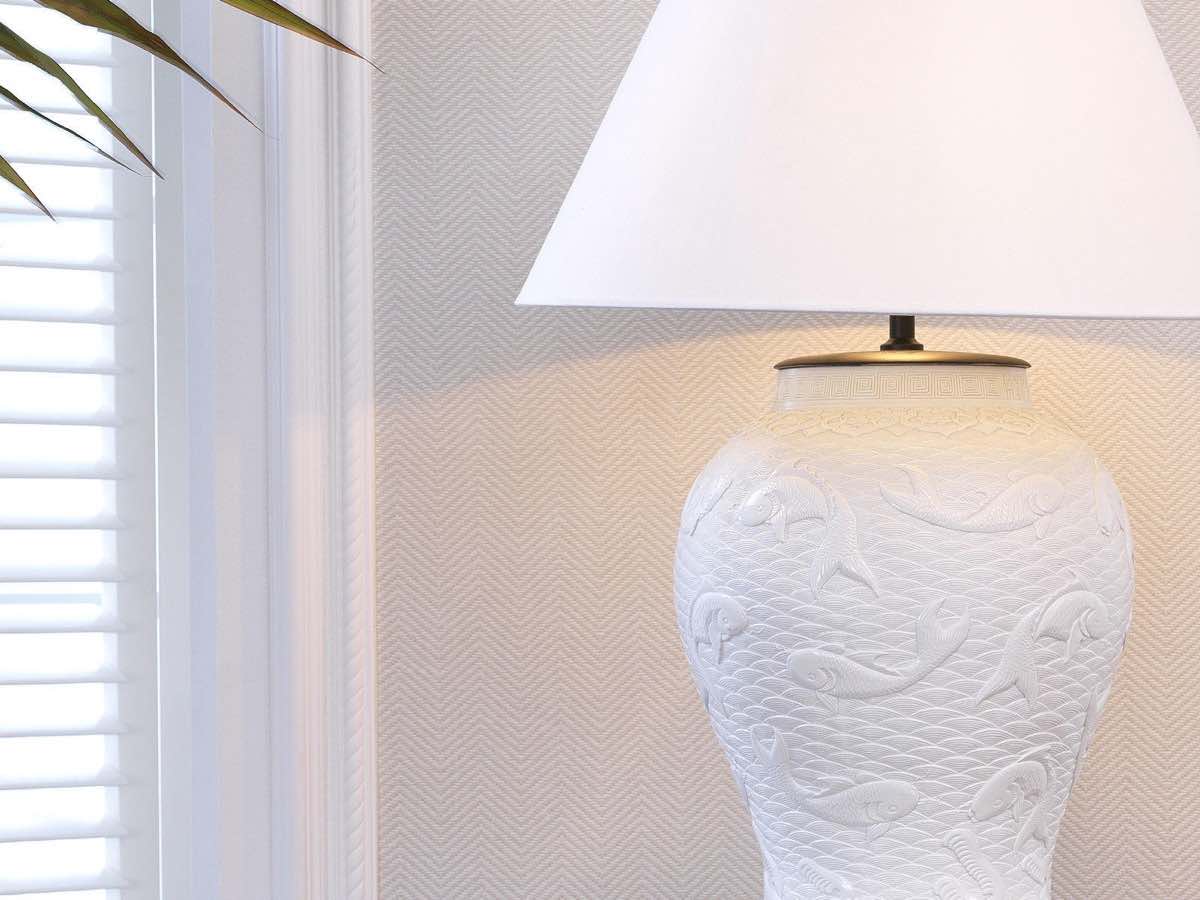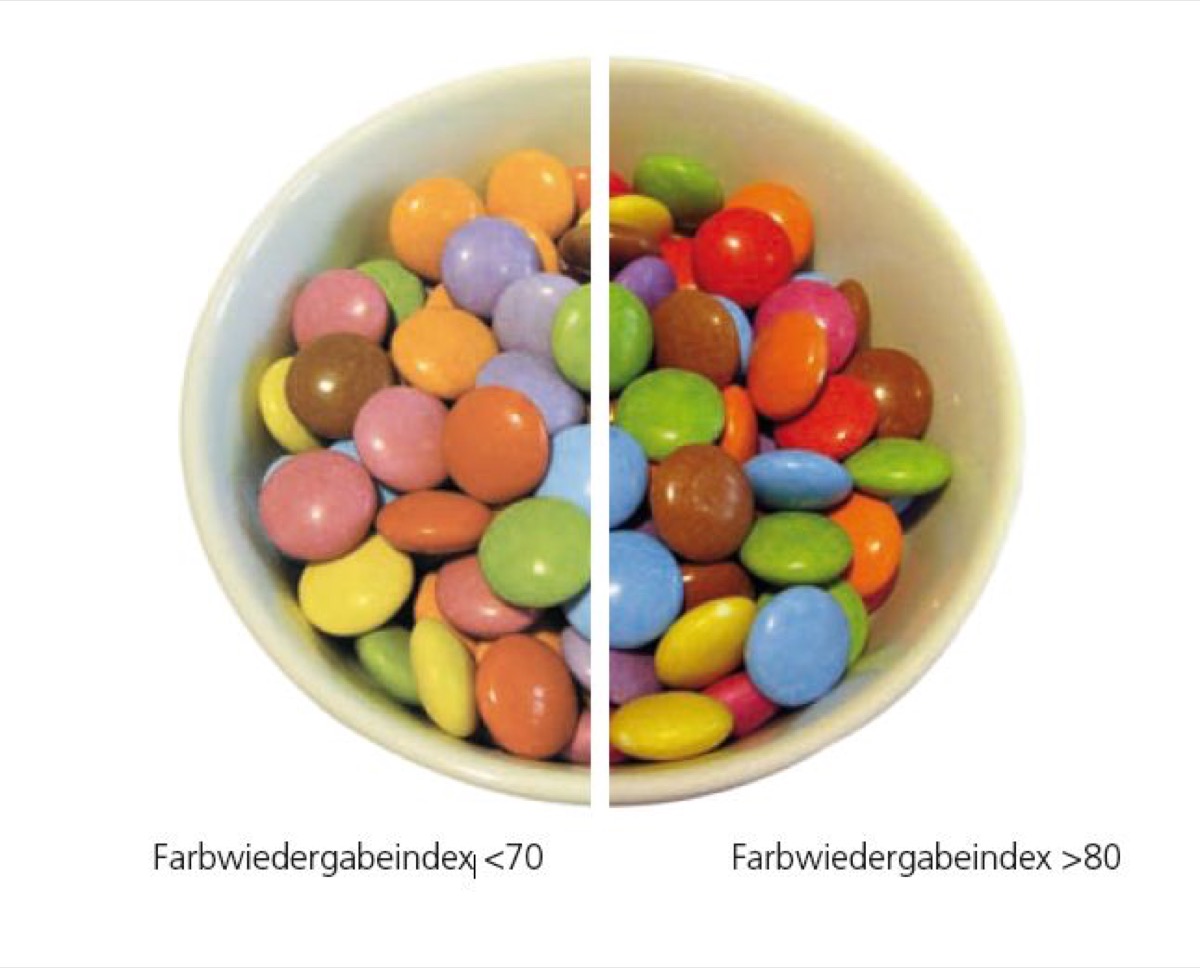4
Jan
How much light for which purpose in which room?
Light is a great design element: it lends a room atmosphere and highlights individual
highlights individual areas, furniture or works of art. Good light does not depend
depends not only on the luminaire selected, but also on its position in the room, the
the room, the right lamp, the color of the light and the desired illuminance.
illuminance.
The most important principle in lighting design, however, is that several light sources illuminate the room only really well.
Initially, the placement is limited to the basic types:
- general or backlighting,
- specific task lights as well as
- Accentuate details or corners.
Once it has been determined exactly where to place which light fixture,
the planning of the necessary lines, the next step. Since artificial lighting is operated with electricity is operated - so cables are necessary - you should in any case a careful and timely planning before building or renovating in mind. consider. For this purpose, you are welcome to choose desired lights from us and put them in the shopping cart. You can print it out without any obligation. This saves you disappointments and costly rework.
More light for more well-being. Light is dimmable.
The starting point of your lighting design is the basic lighting. It consists one or more light sources that provide brightness and thus illuminate the room. Room illuminate. This can be done by a ceiling pendant luminaire, which can be supported by wall luminaires. supported by wall luminaires. Accents can be created with additional light sources, which provide comfort in your living, dining and sleeping areas. Floor lamps, table lamps and pendant lamps are suitable here.
This interplay of light sources provides with its light and shadow play for the tension in the room. It is also important that the ceiling is illuminated. A dark ceiling can have a negative effect on the well-being.
Task lights provide brightness on desks and work areas. They are ideal for reading, Typing or for cooking.
Accent lighting, on the other hand, is much more discreet, as its purpose is to highlight areas emphasize, contour, conceal, enliven or dim. This purposeful lighting fails to serve its purpose if it is too accentuated or too bright. Gaudy rather than subtle detail lighting can throw a room off balance and destroy its Balance and destroy the atmosphere.
. Where which light?
Every room has a lighting design requirement. The living room needs different light sources, so that the lighting is adapted to the respective Use of the room and to the time of day can be adapted. An upward directed light (indirect lighting) and a beautiful table lamp are suitable for a pleasant background lighting.
Picture lights set accents. In addition, a floor lamp can can be set up, which when reading on the on the sofa provides sufficient light. A special effect can be achieved with ceiling washlights: Here, the light is indirectly reflected back and it spreads a soft, diffuse glow in the room.
A dining table can be well illuminated with a pendant lamp. It should not dazzle and be mounted so be so that their distance from the tabletop is 60-70 cm.
The most important principle in lighting design, however, is that several light sources illuminate the room only really well.
Initially, the placement is limited to the basic types:
- general or backlighting,
- specific task lights as well as
- Accentuate details or corners.
Once it has been determined exactly where to place which light fixture,
the planning of the necessary lines, the next step. Since artificial lighting is operated with electricity is operated - so cables are necessary - you should in any case a careful and timely planning before building or renovating in mind. consider. For this purpose, you are welcome to choose desired lights from us and put them in the shopping cart. You can print it out without any obligation. This saves you disappointments and costly rework.
More light for more well-being. Light is dimmable.
The starting point of your lighting design is the basic lighting. It consists one or more light sources that provide brightness and thus illuminate the room. Room illuminate. This can be done by a ceiling pendant luminaire, which can be supported by wall luminaires. supported by wall luminaires. Accents can be created with additional light sources, which provide comfort in your living, dining and sleeping areas. Floor lamps, table lamps and pendant lamps are suitable here.
This interplay of light sources provides with its light and shadow play for the tension in the room. It is also important that the ceiling is illuminated. A dark ceiling can have a negative effect on the well-being.
Task lights provide brightness on desks and work areas. They are ideal for reading, Typing or for cooking.
Accent lighting, on the other hand, is much more discreet, as its purpose is to highlight areas emphasize, contour, conceal, enliven or dim. This purposeful lighting fails to serve its purpose if it is too accentuated or too bright. Gaudy rather than subtle detail lighting can throw a room off balance and destroy its Balance and destroy the atmosphere.
. Where which light?
Every room has a lighting design requirement. The living room needs different light sources, so that the lighting is adapted to the respective Use of the room and to the time of day can be adapted. An upward directed light (indirect lighting) and a beautiful table lamp are suitable for a pleasant background lighting.
Picture lights set accents. In addition, a floor lamp can can be set up, which when reading on the on the sofa provides sufficient light. A special effect can be achieved with ceiling washlights: Here, the light is indirectly reflected back and it spreads a soft, diffuse glow in the room.
A dining table can be well illuminated with a pendant lamp. It should not dazzle and be mounted so be so that their distance from the tabletop is 60-70 cm.












